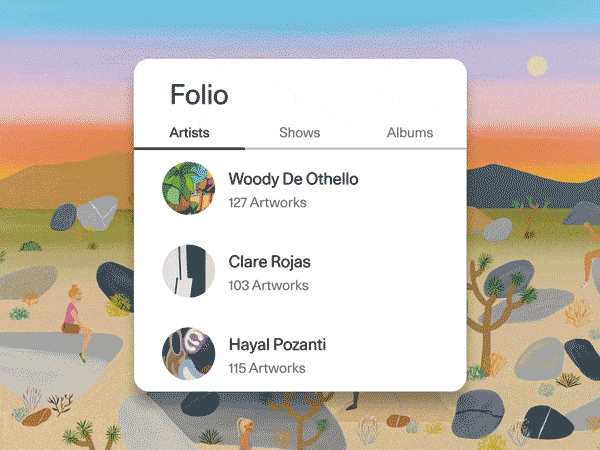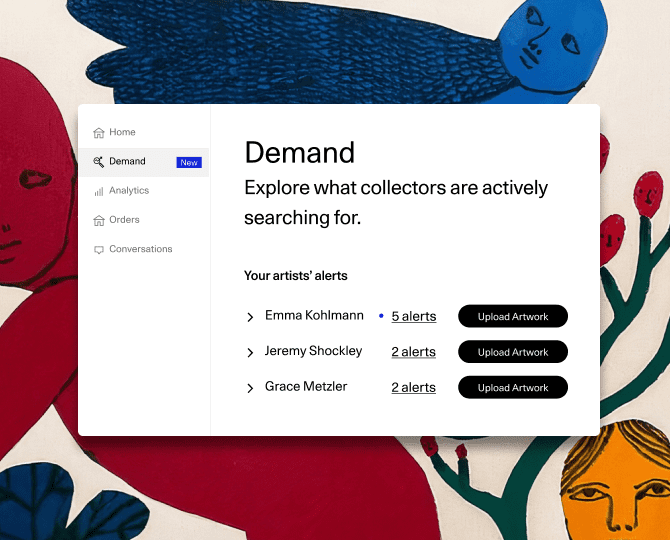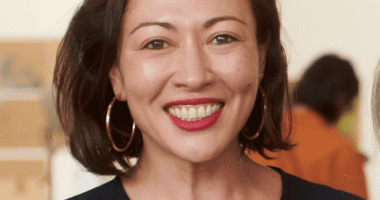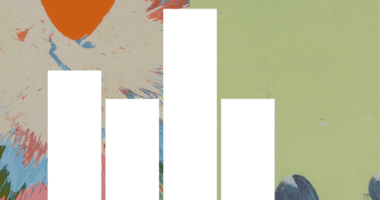The Artsy Asks Series
Experts answer the most important questions for galleries today.
Who
Samuel Rozenberg joined Artsy in 2019 after holding leadership roles in product and engineering at companies like Instagram and Spotify. Rozenberg works across everything from personalization algorithms to SEO, and is passionate about building an ecosystem that connects collectors with galleries and artwork they love.

Samuel Rozenberg, Artsy’s chief product and technology officer
Since joining Artsy in 2019, Samuel Rozenberg has spearheaded Artsy’s product, data, design, and engineering organizations, ensuring that the company maintains its edge as the industry-leading online art marketplace for collectors and galleries alike.
In his current role as chief product and technology officer, Rozenberg works across everything—from SEO to personalization algorithms—to build an ecosystem that seamlessly connects collectors with galleries and their inventory. “We have the largest collector base globally,” he noted. “We know what they’re interested in through the artists and galleries they follow, the artworks they save and set alerts for, and more.”
We sat down with Rozenberg to learn about the latest developments in the Artsy product, how Artsy adapts to the shifting needs of galleries, and what’s on the horizon.
Can you explain what you do as Artsy’s chief product and technology officer?
I lead Artsy’s product, data, design, and engineering organizations. These teams build the Artsy app, our website, and other products, like our newly redesigned presentation app, Folio (more on that below).
I work closely with the rest of the executive team to ensure that our plans across our product, business, and marketing teams are clear and aligned when it comes to delivering the most value to our gallery partners, art fair partners, and collectors. A large part of my job is helping to set the right priorities on where we should spend our time and energy and how we should sequence projects.

How would you describe what Artsy uniquely offers to galleries?
By having a presence on Artsy, galleries get exposure to the world’s largest global collector base. Thanks to our personalization algorithms and merchandising efforts, galleries’ programs can be discovered by collectors on the Artsy app as well as across our editorial and social channels, which reach millions of people worldwide.
Galleries also benefit from our rigorously tested SEO best practices to drive more traffic to their programs. And most gallery partners use our e-commerce solutions to make selling art online a frictionless process. All of this makes Artsy a unique platform.
What are the main tools and products that galleries on Artsy use on a day-to-day basis?
Most of the work happens inside CMS (content management system), which is a gallery’s main hub for everything they do on Artsy. This includes managing their program (such as through artwork listings, viewing rooms, and artist rosters), managing relationships with collectors, managing end-to-end orders that take place on Artsy, viewing analytics, sending offers, and much more.
The Artsy platform is the easiest way for galleries to engage with collectors. In traditional customer relationship management (CRM) systems, a lot of work falls to the gallery. They have to maintain records of what their collectors are interested in and get in touch through phone, email, or text to notify them when new relevant artworks are available. They even have to go through the challenges of getting collector email addresses in the first place, maintaining their contact lists, and all the administrative burdens that come along with it.
On Artsy, this all happens automatically. We have the largest collector base globally, and we know what they’re interested in, like the artists and galleries they follow, the artwork they save and set alerts for, and more. We automatically notify collectors every time a new work matches what they’re looking for. We help galleries close that loop to meet collector interest and demand without the galleries having to exert any effort. And we open up a space for easy dialogue between collectors and galleries with our Conversations tool, which is designed to drive a purchase.

What are some of the new products and features that you’ve launched recently?
I’m very proud of what the team has achieved recently. A series of examples from the past few months illustrate how we continue to build an industry-leading ecosystem for our collectors and galleries.
First, we launched Demand, a feature within CMS that surfaces information about the artists and artworks that collectors are setting alerts for (in order to be notified when new works become available). Galleries are now able to see if there is an increase in demand on Artsy for a certain artist or artwork, allowing them to manage their inventory on Artsy more efficiently and reach collectors who have expressed a concrete interest in their artists. We have lots of exciting updates coming soon to Demand, so stay tuned.
We have also rolled out a new targeted offers feature. Galleries can now engage directly with collectors who have saved their artworks on Artsy and can send limited-time offers for available artworks. This helps galleries to proactively identify new high-intent leads and enables them to follow up with these collectors to purchase the work in a compelling way.
We’ve already seen great outcomes and received lots of positive feedback from our gallery partners, on how they’re better able to drive purchases and establish relationships with collectors they’ve never met before.

The last feature I’ll mention is the newly relaunched, completely redesigned Folio, which is now available for all iOS and Android devices. With Folio, galleries can present and share their entire inventory of artworks with collectors from any device. When a collector stops by a fair booth or your gallery, you can use Folio to have your entire inventory at your fingertips to present and instantly share works with collectors, whether it’s individual pieces or a personalized selection.
How do you devise new developments to ensure that Artsy continues to meet the needs of its gallery partners?
New and great ideas come from many places. We get a lot of feedback and input directly from gallery partners. Many of them are very passionate about our product and regularly share insights and suggestions that help us figure out what to tackle next.
Internally, we also get a lot of ideas from our team members who know our platform and the art market inside out and care deeply about building the best online art marketplace possible. We also organize hackathons twice a year that drive a lot of innovation and exploration of new technologies.
What can we expect from you and your team in the months ahead?
Very soon, we’ll launch some improvements to our collector profiles to help galleries as they seek to place the right works in the right collections. We’ll continue to improve our CMS, giving more insights about what our collectors want and better ways for galleries to act on these demand signals. And we’re also investing heavily in personalization and recommendations to help our collectors discover new artists they’ll fall in love with. Watch this space!



